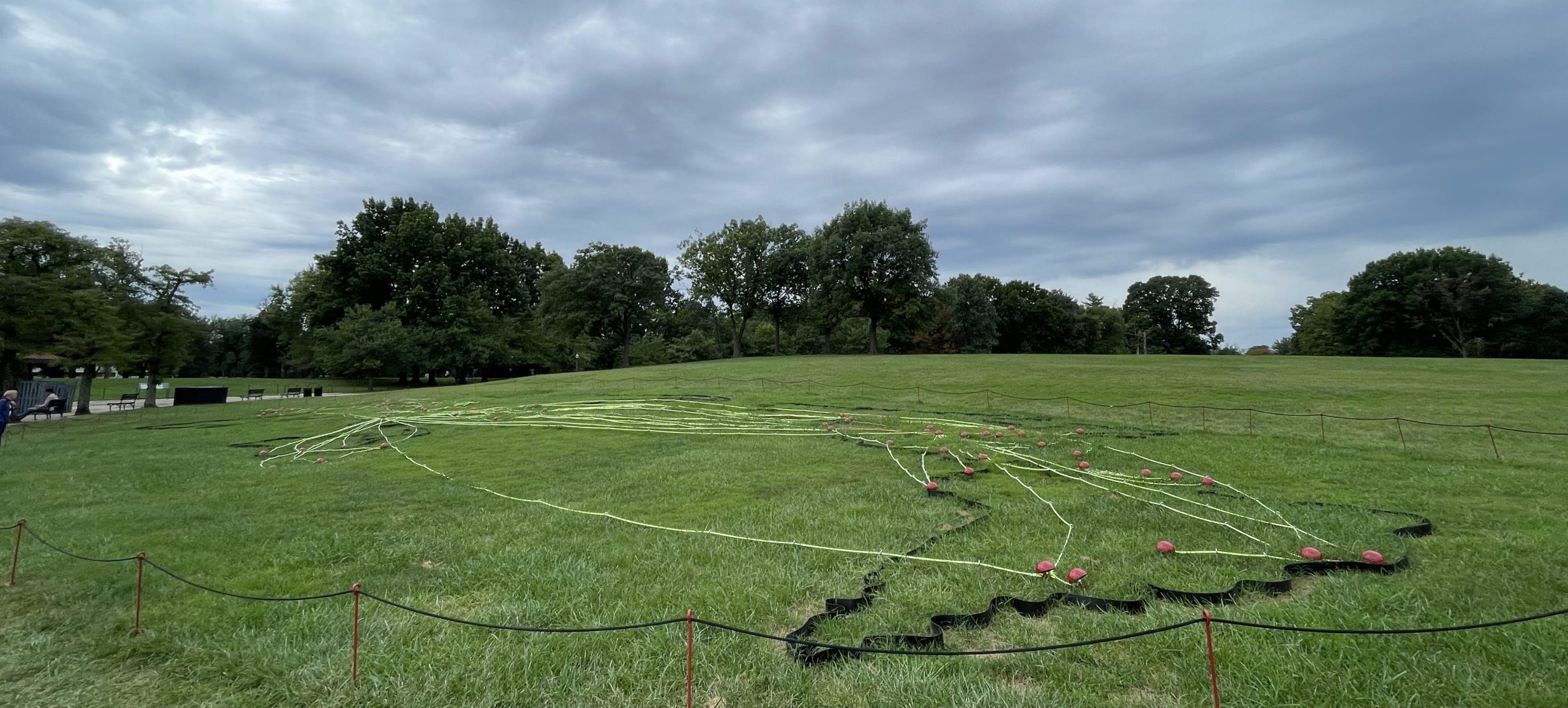Transpacific Contaminations: Ecological Aesthetics and Cold War Afterlives
Heidi Amin Hong
English
UC Santa Barbara
U.S. military intervention in Asia and the Pacific has destroyed ecosystems—most infamously exemplified in the atomic bombings of Hiroshima and Nagasaki, nuclear testing in the Pacific, and the use of the chemical defoliant Agent Orange during the Vietnam War. However, Asian American and Indigenous Pacific aesthetic interventions demonstrate that the U.S. military’s environmental impact is not limited to the battleground—it extends to and lingers in spaces seemingly peripheral to war, including the economic zones that Cold War policies bolstered and the ecological sanctuaries created on demilitarized zones and Indigenous lands. Focusing on the U.S. War in Vietnam and its afterlives, my project argues that Cold War ideologies of containment and capitalist modernity, implemented across the transpacific, required the partitioning of land and the severing of human-environment relations. In turn, transpacific writers and artists challenge the separation of nature from human history by calling attention to the material traces of war embedded in the environment. Asian American and Indigenous Pacific artists and writers have long pondered experiences of dislocation shaped by war, occupation, and environmental destruction. Countering their occlusion in dominant environmentalist narratives, this project foregrounds an Asian Pacific diasporic aesthetics that reimagines environmental justice as transformative, coalitional, and multispecies.
Image credit: Tiffany Chung’s installation on the National Mall, For the Living (2023).

